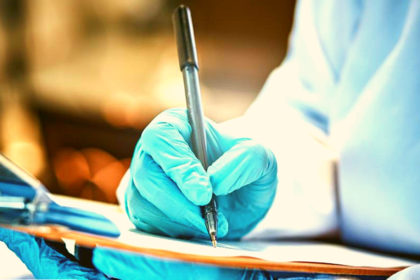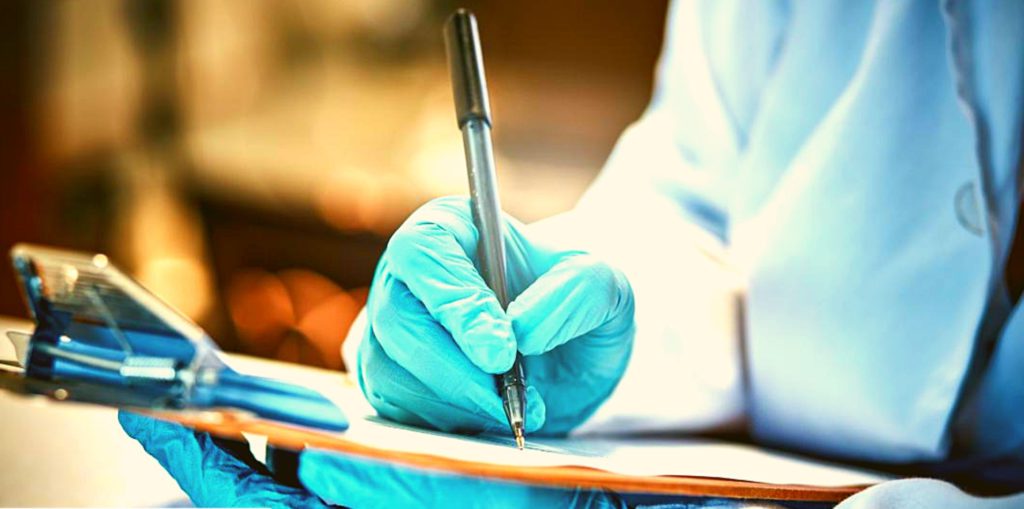
TUESDAY, 30 JANUARY 2018 / PUBLISHED IN BLOG
Regenerative medicine is the exciting cutting-edge “medicine of the future” which holds the hope and promise of efficacy centered around the ability of human tissue to be repaired, replaced, and healed (regenerated) once human tissues and organs are damaged or diseased. Regenerative therapies aid and supplement the natural healing mechanisms of the body. These therapies often employ the activation of stem cells to stimulate the renewal of tissue damaged by injury, disease, or age. The rapid expansion of scientific knowledge offers great promise for continuing advances in this field of medicine, which holds vast potential to improve the quality of human life.
What are Stem Cells?
Stem cells are the basic building blocks of life. They are unspecialized cells that can produce more stem cells through mitosis or differentiate into specialized cells that carry out specific functions in the body. Stem cells are found throughout the body’s tissues, organs, and systems, although usually in small quantities in adults.
What are Hematopoietic Stem Cells?
Hematopoietic stem cells (HSCs) can give rise to all types of blood cells, including red blood cells, white blood cells, and platelets. They are particularly useful in the treatment of blood-related diseases and conditions.
What are Mesenchymal Stem Cells?
Mesenchymal Stem Cells (MSCs) are multipotent stromal cells that are non-blood-forming stem cells and can differentiate into a variety of cell types, including muscle, bone, cartilage, and fat cells.
When introduced into a patient’s body, MSCs can repair or replace damaged or degenerating tissue by communicating with the surrounding cells, causing a cellular cascade of healing (paracrine signaling).
The History and Potential of MSCs
Historically, the term MSC was coined in the late ’80s by the biomedical research authority, Dr. Arnold Caplan of Case Western Reserve. The acronym has recently been redefined by Caplan to “Medicinal Signaling Cell” since these cells secrete powerful bioactive molecules involved in cellular signaling and regeneration. Caplan now describes MSCs as a “multisite-regulatory dispensary” (Natural Drug Store).
The production of MSCs in the human body can be precipitated by bioactive placental tissues containing Growth Factors, Cytokines, and other powerful bioactive agents which trigger cell signaling.
The remarkable ability of MSCs makes them irreplaceable in medical treatments.
Accessible Sources of Stem Cells
Stem cells can be extracted from various parts of the body. They have been extracted from bone marrow and adipose tissue for a few decades. More recently, birth tissues from live births, including umbilical cord blood, cord tissue with Wharton’s Jelly, and amniotic membrane tissue, have been found to be a rich source of both HSCs and MSCs. These tissues precipitate target tissue production of MSCs through paracrine signaling. Growth Factors, Cytokines, Exosomes, and micro-RNA from birth tissues give rise to stem cells in this way. These cells, as well as MSCs contained in Wharton’s Jelly, tend to be more fit than adult stem cells.
Wharton’s Jelly
Wharton’s jelly is a gelatinous substance found in the umbilical cord, which is rich in stem cells. Studies have shown that mesenchymal stem cells (MSCs) have low immunogenicity. Human umbilical cord Wharton’s jelly provides a new source for MSCs that are highly proliferative and have multi-differentiation potential. Wharton’s Jelly Cells (WJCs) express MSC markers but low levels of human leukocyte antigen (HLA)-ABC and no HLA-DR. WJCs have low functional immunogenicity, and therefore recipient rejection has not been documented.
Advanced Regenerative Medicine
Advanced Regenerative Medicine involves the use of regenerative biomolecules, tissue engineering, and stem cells to treat diseased or injured tissues.





